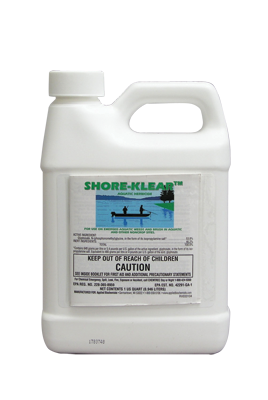- Joined
- Dec 14, 2020
- Messages
- 33
- Reaction score
- 77
- Country

Hi everyone,
I have recently bought a property with a quarter acre natural clay pond. Im located in the norther suburbs of Chicago(zone5). The previous owner was not able to maintain it due to health problems. It is now run over by cattails and deep muck. I have tried a weed razer and large weed raker, to no avail. I have also tried all sort of chemicals to combat it.
Since winter is here, all the cattails are now brown and dead but I knew that they will come back by spring time. Looking for suggestions on how to control it. My plan is to mow it down by early spring. I have a small boat, waders and a brush cutter. If all else fails, I’ll be renting a mini excavator to dig it all out. Also looking at deploying a 1 hp pump to aerate and instal a fountain. Any suggestions would be appreciated on how to revive it.





I have recently bought a property with a quarter acre natural clay pond. Im located in the norther suburbs of Chicago(zone5). The previous owner was not able to maintain it due to health problems. It is now run over by cattails and deep muck. I have tried a weed razer and large weed raker, to no avail. I have also tried all sort of chemicals to combat it.
Since winter is here, all the cattails are now brown and dead but I knew that they will come back by spring time. Looking for suggestions on how to control it. My plan is to mow it down by early spring. I have a small boat, waders and a brush cutter. If all else fails, I’ll be renting a mini excavator to dig it all out. Also looking at deploying a 1 hp pump to aerate and instal a fountain. Any suggestions would be appreciated on how to revive it.

